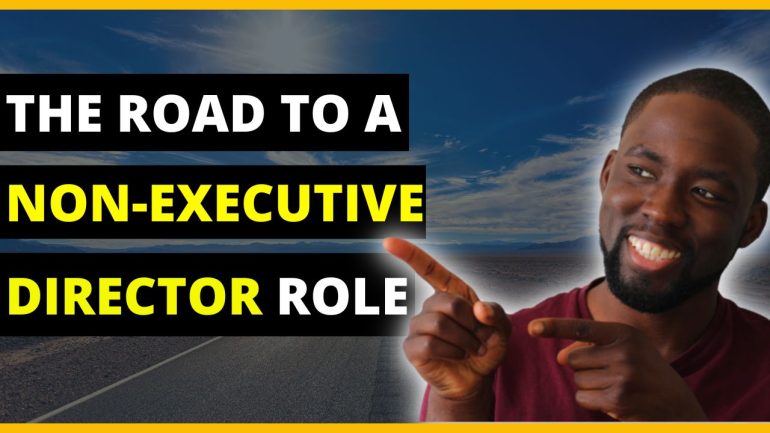Planning to Win: How Effective Goal Setting Sets You Apart
Introduction
Do you set clear goals, or do you dive into the New Year, a new quarter, or even a new era without a plan? If you fall into the latter category, you’re not alone.
Many people struggle with turning aspirations into actionable objectives. In this article, I want to share actionable strategies to help you set meaningful goals and stand out.
Let’s dive into principles that have worked for me as an independent management consultant and founder of Masteri Group.
Start with Self-Understanding
Before you set goals, it’s crucial to understand yourself. Why? Because your values, strengths, and unique style are the foundation of every strategy you’ll employ.
Think of it this way: a strategy is an approach with unique value, tailored to your audience or market. Similarly, your personal strategy must align with your core values.
The CHASER Method
I developed the CHASER method to make goal setting more intuitive:
- Choose: Identify the area of focus (e.g., health, wealth, relationships).
- Highlight: Define what success looks like in this area. If you’re focusing on wealth, ask, “What does a 10/10 look like?”
- Action Plan: Map out steps to bridge the gap between where you are and where you want to be.
- Systemize: Establish routines and processes to support your plan.
- Evaluate: Periodically review your progress.
- Repeat: Adjust and refine your approach.
This structured method ensures clarity and keeps you moving forward. You can read my article on this topic here.
Leverage Tools and Technology
Gone are the days when goal setting required only pen and paper. While traditional methods still hold value, leveraging AI tools can enhance efficiency. For instance:
- Voice Transcription Apps: Record your thoughts and let AI transcribe them. This is perfect for capturing ideas without being bogged down by manual writing. Furthermore it allows you to organise your thoughts, create themes and actions moving forward.
- Task Automation: Use tools like Toggl for time tracking, Notion for project management apps or make.com to automate repetitive tasks.
Personally, I’ve found tools like these invaluable for turning ideas into actionable steps. They free up mental space, enabling me to focus on high-impact tasks.
Analyze Your Strengths and Weaknesses
A thorough self-assessment is a game-changer. Tools like SWOT analysis (Strengths, Weaknesses, Opportunities, Threats) and the Johari Window can help you uncover blind spots and hidden strengths.
Example: The Johari Window
Ask 5-10 trusted individuals to describe you using a few words. Compare their responses with your own self-assessment. This exercise reveals:
- Open Area: Traits known to you and others (e.g., resilience, professionalism).
- Blind Spot: Strengths others see in you but you overlook.
- Hidden Area: Traits you recognize but others don’t.
- Unknown Area: Qualities that are untapped or undiscovered.
By understanding these areas, you can better align your goals with your true potential. You can watch an old school video talking about how to do this here.
Prioritize Using the Eisenhower Matrix
Not all tasks are created equal. The Eisenhower Matrix helps you categorize tasks into four quadrants:
- Do: Urgent and important tasks.
- Schedule: Important but not urgent tasks.
- Delegate/Automate: Tasks someone else can handle or tools can automate.
- Delete: Non-essential activities that drain your time.
For example, when launching a new project, I focus on urgent tasks like producing content for tomorrow’s deadline (Do), schedule strategic planning sessions (Schedule), automate repetitive tasks like email responses (Delegate), and cut out distractions like unnecessary meetings (Delete).
Avoid Common Goal-Setting Pitfalls
One of the biggest mistakes in goal setting is being vague. Statements like “I want to be rich” or “I want to lose weight” are too broad. Instead, be specific and measurable. For instance:
- Instead of “I want to lose weight,” say, “I want to lose 10 kg of body fat by September.”
- Instead of “I want financial freedom,” say, “I want to increase my monthly savings by 20% within the next six months.”
When you’re precise, your brain and actions align with achieving those goals.
Bonus Tip: Embrace Reflection and Adaptability
Life is unpredictable. Regularly evaluate your goals to ensure they still align with your evolving priorities. Use reflection tools like journaling or scheduled self-reviews. Ask yourself:
- What’s working well?
- What’s holding me back?
- What adjustments do I need to make?
This iterative process keeps you on track and prevents burnout.
Conclusion: Take Charge of Your Future
Effective goal setting starts with understanding yourself and employing structured methods like the CHASER framework. Leverage tools, assess your strengths, prioritize tasks, and be specific about what you want to achieve. Most importantly, embrace reflection to refine your approach.
So, what’s stopping you from taking that first step? Reflect, plan, and execute—your future self will thank you.
Understand, reach, and expand. Peace.







